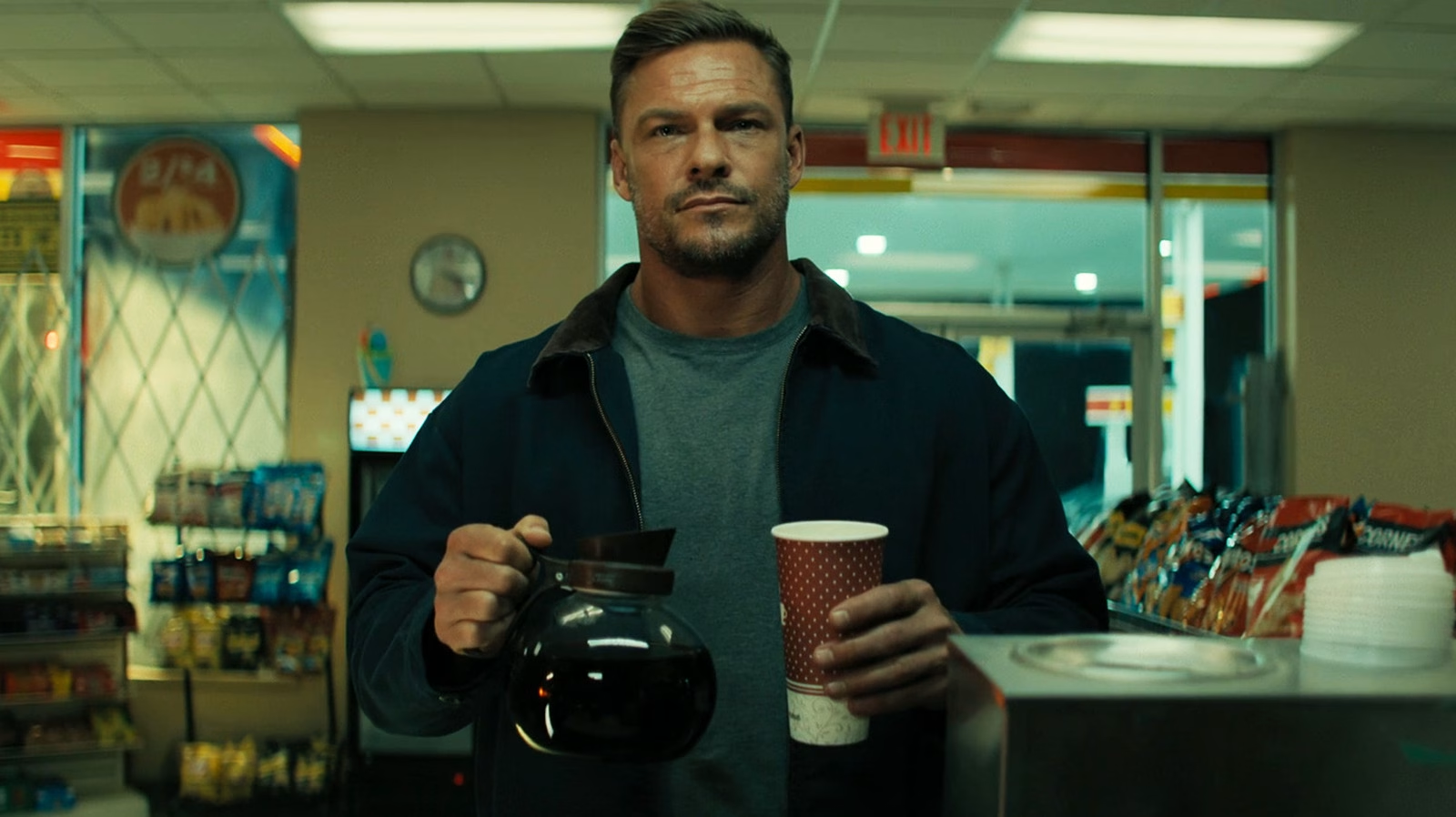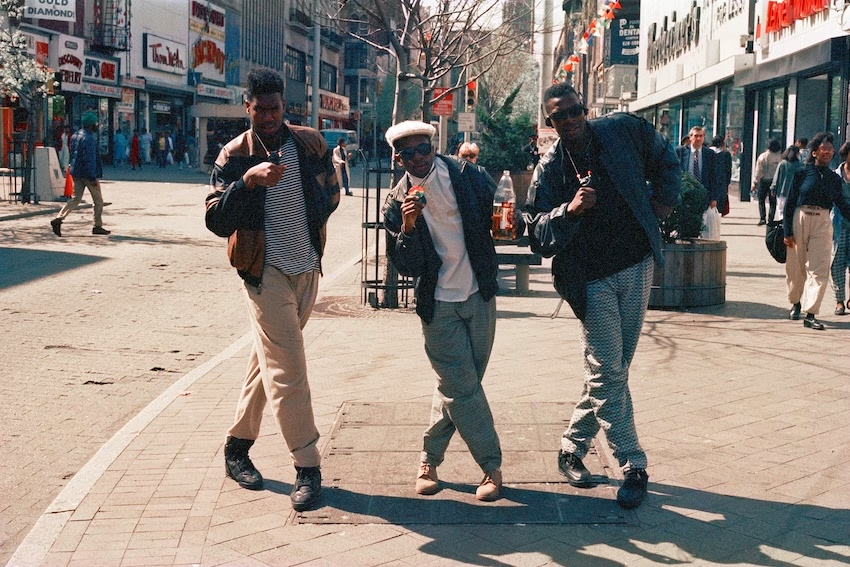Prime Video’s Reacher has become one of its most-watched series, not just for its gripping fight scenes but for its storytelling that stays true to its core character. Adapting Lee Child’s universe of 29 novels and a short story collection for television, the show is the product of a writers’ room governed by simple yet rigid rules.
Showrunner and creator Nick Santora laid out these rules in an interview with The New York Times:
“We had a do’s and don’ts list. For instance, Reacher never asks for cream or sugar in his coffee—he drinks it black. And he never treats a woman as lesser because of physical differences—after all, everyone’s smaller than him.”
These rules align with the core principles of Jack Reacher in the novels: straightforward, direct, and unwaveringly tied to a sense of justice. Santora’s words also explain why this seemingly simple action hero has forged such a strong bond with audiences.
“There’s a beautiful simplicity to Reacher,” Santora says, “but within that simplicity lies a complex human.”
From Page to Screen: A Quiet Transformation
The biggest challenge for Santora and his team was translating the inner monologues that dominate Lee Child’s books to the screen. Reacher has no narrator; the character’s thoughts are conveyed through gestures, silences, and camera angles. This gives the series a deliberately slower pace compared to typical action shows—Reacher’s simplicity is embodied in this narrative choice.
Rather than copying Child’s prose verbatim, the team opted to preserve its essence. Reacher’s story is defined as much by what he doesn’t do: he doesn’t talk much, doesn’t explain himself, and never backs down from injustice.
The Anatomy of a Drifter
When Reacher premiered in 2022, it wasn’t seen as a guaranteed success. The two films starring Tom Cruise in the 2010s fell short at the box office and failed to satisfy book fans, who felt Cruise didn’t physically embody the character.
Prime Video took a gamble with Alan Ritchson—a 6’3” actor who redefined Reacher not just physically but through his demeanor and quiet strength. Yet, the show’s success hinges not only on casting but also on Santora’s “faithful yet creative” writing team.
The Rules Are Simple, the Execution Isn’t
Details like “Reacher never puts cream in his coffee” create the show’s biggest strength: consistency. Despite each season unfolding in new cities with new characters, Jack Reacher remains constant—quiet, honest, just. This fidelity is the key to the show’s dramatic structure.
For the same reason, beloved Season 1 characters like Roscoe Conklin (Willa Fitzgerald) and Oscar Finlay (Malcolm Goodwin) didn’t return for Season 2. Santora and his team explain this as respect for the books’ anthology format. In Child’s novels, each story brings a new city and a new injustice. The show stays true to this rule.
This commitment transforms Reacher from a mere action spectacle into a world shaped by character-building.
Apartment No: 26 Note
Reacher shatters the cliché of the “mindless action series” on television. Nick Santora’s writing team doesn’t blindly mimic Lee Child’s world but turns its simplicity into a narrative discipline. Every coffee, every glance, every silence follows a rule. And that simplicity evokes the most complex resonance in viewers: a sense of justice.














